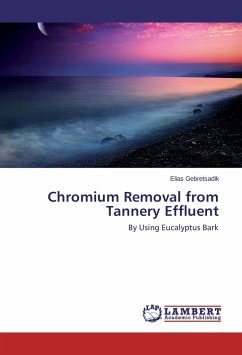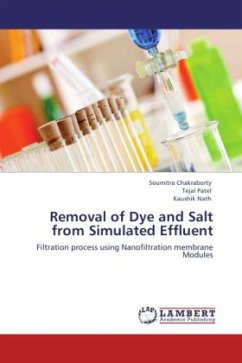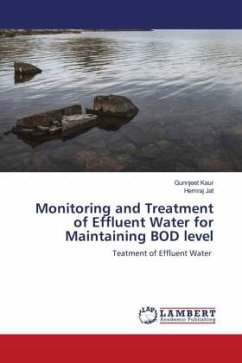Several treatment technologies have been developed to remove chromium from water and waste water.These methods however, are either expensive or/and produce secondary pollution and are often not considered cost effective for small sized tannery industries. Natural materials that are available in large quantities, or certain waste products from industrial or agricultural operations, may have potential as inexpensive sorbents. In the present study, low cost adsorbent of locally available bark of Eucalyptus Globulus tree was used to remove Cr(VI) from synthetic solution and the effect of pH, contact time , adsorbent dose and concentration of adsorbate on removal efficiency were investigated. The Langmuir and Freundlich models were used to fit the isotherm data models and Pseudo first-order and second-order models to evaluate the kinetics of adsorption.








